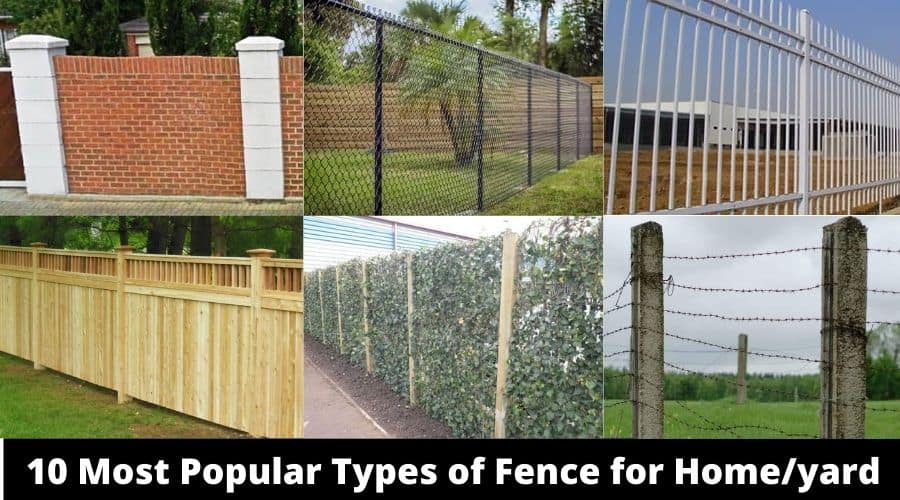Fencing Advice For You

Key Information About Fencing
Table of ContentsThe History and Science of FencingFencing Trending NewsFencing Top NewsFencing Trending News
If you the appearance of a picket fence however something that's a bit more powerful with less upkeep, wrought iron fences might be for you. Vinyl fences are a great alternative to all of the fences up above. Depending on which style of fence you pursue when utilizing vinyl to build your fence, vinyl fences can be strong, provide excellent personal privacy, and are durable versus the weather condition.
Considering that they are a non-organic product, they are also not susceptible to rot like wood fences can be. No matter which type of fence you pick, having a fence is a more secure alternative for your family & property than having no fence at all.

Affordable Fencing
With all of this details in mind, you ought to be all set to decide on the ideal sturdiness of fence that's ideal for you and your requirements. If you have any more concerns about fencing, please do not be reluctant to contact us as we're more than pleased to help you in discovering the perfect fence product for your job.
Amazing Lessons You Can Pick Up From Studying Fencing

Beginners Guide to Fencing
Alternatives to fencing consist of a ditch (often filled with water, forming a moat). Typical agricultural barbed wire fencing Split-rail fencing typical in timber-rich areas A chain-link wire fence surrounding a field Portable metal fences around a construction site A snow-covered vaccary fence near Ramsbottom in Greater Manchester, UK Agricultural fencing, to keep livestock in and/or predators out Blast fence, a security device that redirects the high energy exhaust from a jet engine or acoustic fencing, to minimize sound pollution Personal privacy fencing, to provide privacy and security Short-term fencing, to offer safety, security, and to direct motion; any place short-lived gain access to control is needed, especially on structure and building sites Perimeter fencing, to prevent trespassing or theft and/or to keep kids and animals from roaming away.
The following kinds of locations or centers often are required by law to be fenced in, for security and security reasons: Facilities with open high-voltage equipment (transformer stations, mast radiators). Transformer stations are generally surrounded with barbed-wire fences. Around mast radiators, wooden fences are used to avoid the problem of eddy currents.
In the United States, the earliest inhabitants declared land by merely fencing it in. Later on, as the American government formed, unclear land ended up being technically owned by the federal government and programs to sign up land ownership developed, typically making raw land available for low rates or totally free, if the owner enhanced the residential or commercial property, including the building and construction of fences.
The History Fencing

Otherwise it tends to be on non-owner's side so the fence owner might access the posts when repair work are required however this is not a legal requirement. Where estate organizers want to entrench privacy a close-boarded fence or comparable properly maintained hedge of a minimum height might be stated by deed.
The hedge and ditch ownership presumption Where a rural fence or hedge has (or in many cases had) a surrounding ditch, the ditch is typically in the same ownership as the hedge or fence, with the ownership boundary being the edge of the ditch outermost from the fence or hedge.
Alternatively, for common land, it is the surrounding landowners' responsibility to fence the common's animals out such as in big parts of the New Forest. Large commons with animals roaming have been considerably minimized by 18th and 19th century Acts for enclosure of commons covering most local systems, with most staying such land in the UK's National Parks.
The History Fencing
On the other hand, for typical land, it is the surrounding landowners' responsibility to fence the common's livestock out such as in large parts of the New Forest. Go to this website with animals roaming have been greatly lowered by 18th and 19th century Acts for enclosure of commons covering most regional units, with most staying such land in the UK's National Parks.
